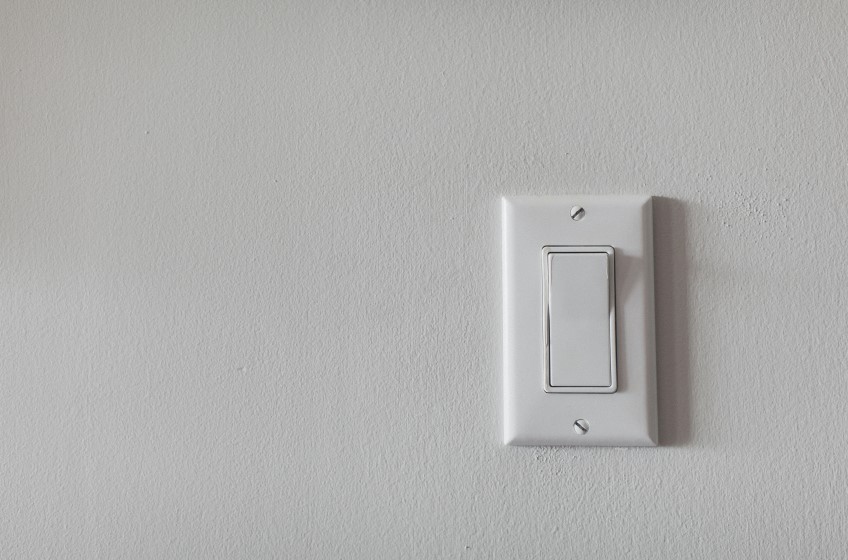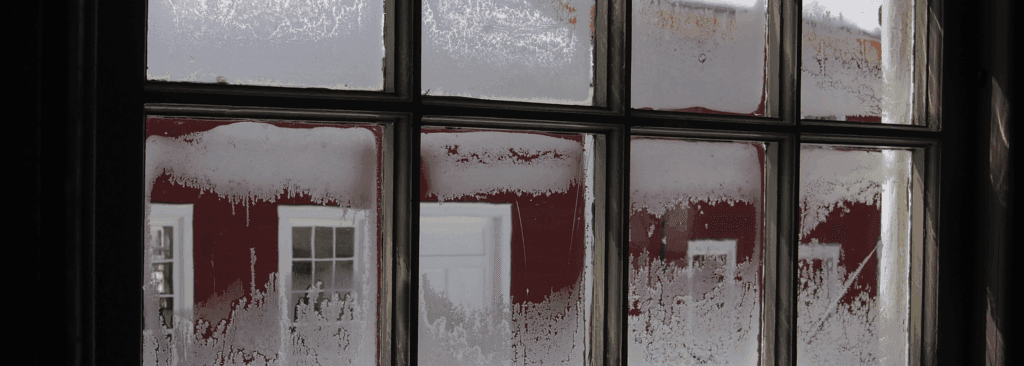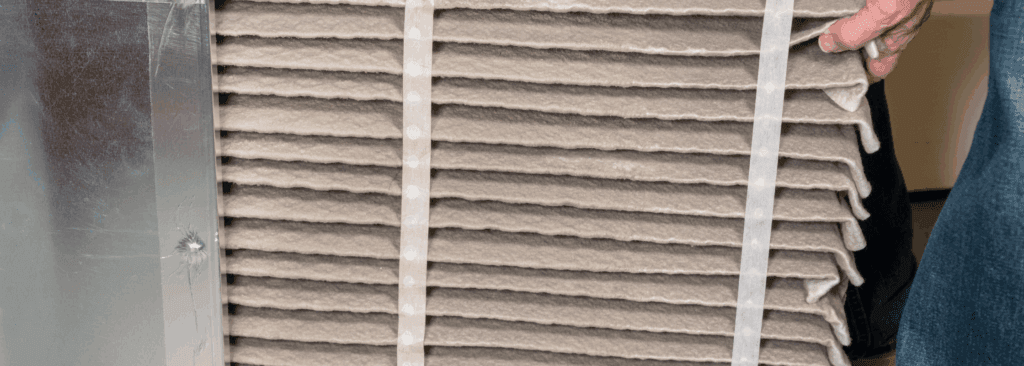If you live in a home in the Grande Prairie region that was built after 1998, you might have noticed a wall switch near your thermostat that doesn’t seem to control a light. You’re not alone in wondering what it does.
That switch is most likely part of your air-to-air exchange system, an important feature designed to help your home breathe. It brings in fresh outdoor air and removes stale indoor air, improving your indoor air quality and reducing humidity.
Let’s take a closer look at how these systems work, what the switch does, and how you can use it to help maintain a healthier home.
What Is an Air-to-Air Exchange System?
Homes built in Alberta after 1998 are required by building code to include a mechanical ventilation system. These systems are designed to bring in fresh air and remove stale air from your home.
LSM commonly sees two types of systems in homes across the region:
1. Exhaust Fan with Furnace Integration
Some homes use a basic exhaust fan system, which looks similar to a bathroom fan and is often located in a hallway or furnace room. This fan is wired to work with your furnace blower. When the switch is turned on:
- The fan begins pulling stale air from your home
- The furnace fan starts circulating indoor air
- Fresh air is pulled into the system through a dedicated fresh air intake duct
You may feel cooler air moving through the vents during this process, especially in winter. This is normal and does not mean your furnace is malfunctioning. The system is simply replacing indoor air with fresh outdoor air as designed.
2. HRV (Heat Recovery Ventilator)
Newer homes may use a Heat Recovery Ventilator, or HRV. This is a more advanced system that:
- Removes air from bathrooms and kitchens
- Draws in fresh air from outside
- Transfers heat from the outgoing air to the incoming air through a special core
- Delivers the warmed fresh air directly back into your living space
This type of system is usually activated with a wall switch near the bathroom or kitchen, similar to a regular fan switch.
When Should You Use Your Ventilation System?
These systems are designed to help control indoor air quality and moisture. For best results, it’s recommended to run your air exchange system:
- Two or three times a day, for 15 to 20 minutes each time
- When humidity levels are high, such as during showers or while cooking
- After cleaning, when household chemicals may still be in the air
- When indoor air feels stale or stuffy
Avoid running your system while you’re away on vacation or during long periods when no one is home.
Don’t Forget to Check the Outside Vents
Your air exchange system includes exterior intakes and exhaust vents. These often look like large dryer vent hoods and can usually be found on the side or back of your home.
Make sure these vents stay:
- Clear of snow and ice in the winter
- Free from leaves, shrubs, and debris
- Unblocked by outdoor storage items or overgrown plants
Blocked vents can reduce airflow and limit how well the system works.
Final Thoughts
That mystery switch above your thermostat has an important job. It helps bring fresh air into your home, remove moisture, and improve air quality throughout the year.
If you live in a home built after 1998 in the Grande Prairie region, take a few minutes to understand how your ventilation system works and how to use it. A few simple habits can go a long way in helping your home stay healthy, comfortable, and efficient.




